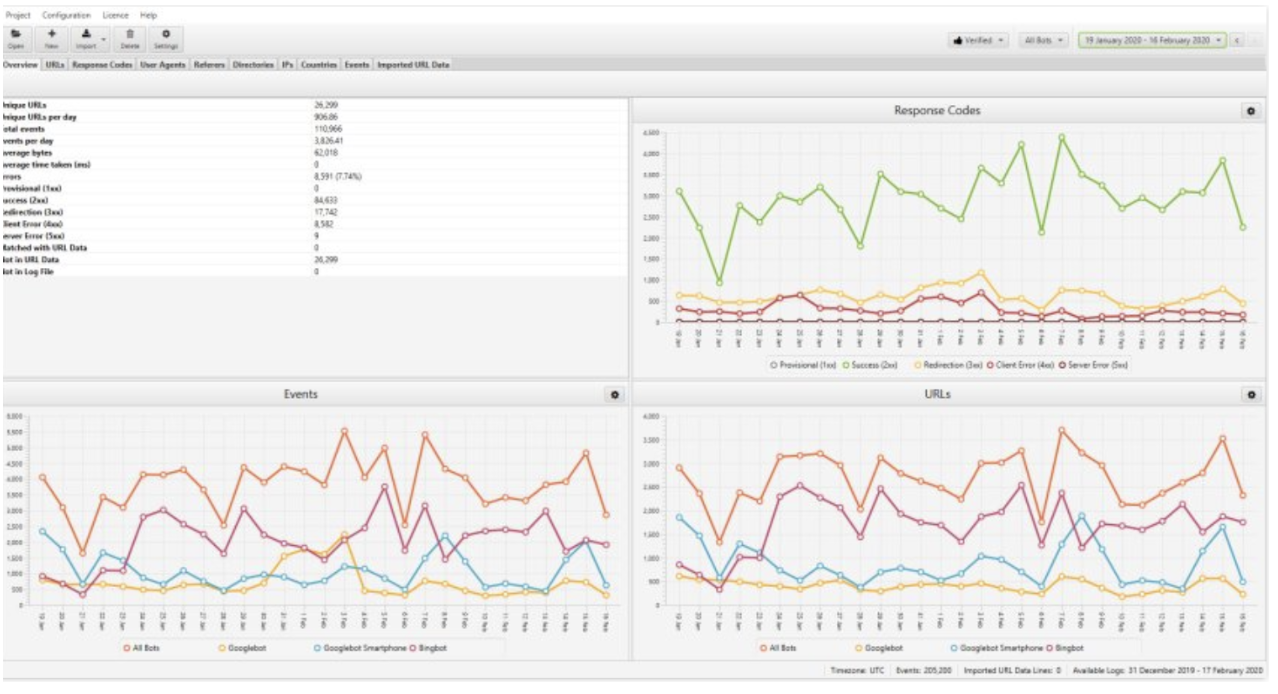The Blind Spot in Your Attribution Efforts
July 06, 2025

Most companies are still treating web analytics like it’s 2015. They set up GA4 or Adobe, tag their campaigns, and trust the dashboards to tell them how people discover and engage with what we publish. But LLMs have changed everything in the past year, and it’s quietly rewriting the rules of attribution.
LLMs are the new gateway to your website. Web users are asking questions in chat interfaces that pull in pieces of your content to help form answers. While great for brand visibility, it’s problmeatic for traditional analytics. Since these interactions often don’t fire the JavaScript that standard web analytics depends on, you have a flaw in your reporting.
Here’s an example: Someone asks ChatGPT about the best way to calibrate lab equipment. The model finds an excerpt from your guide and follows up with a link. The user clicks it, skims a section, and leaves. In GA4, you’ll see either nothing at all or a tiny blip of Direct traffic you can’t attribute. Over time, that missing traffic adds up.
In the end, if you can’t measure LLM behavior, you can’t make informed decisions about what’s driving conversions.
So where does that leave you? Dan Hinckley of Go Fish Digital notes there is one place you can turn to. It turns out your server logs already have the story you’re looking for. They see every request, no matter how it was initiated.
When ChatGPT sends a user to your site, it identifies itself with a special user agent:
swift Mozilla/5.0 AppleWebKit/537.36 (KHTML, like Gecko); compatible; ChatGPT-User/1.0; +https://openai.com/bot
This isn’t some hypothetical curiosity. Real companies are seeing a significant volume of traffic in their logs from this user agent. In some cases, those visits convert far better than average. But if you never look at your logs, you’ll never know.
Making use of visitor logs Here’s how to start bridging the gap between your logs and your marketing attribution:
1. Pull the Logs into a Usable Format
First, get access to your raw server logs. Depending on your hosting environment, you might find them in Apache or Nginx log files, or stored by your CDN. You’ll want at least a few weeks of data to start seeing patterns.
Tools like Screaming Frog Log File Analyzer (see below) or GoAccess can help you parse and filter the logs without writing a bunch of custom scripts. Look specifically for entries containing ChatGPT-User.

Screaming Frog
2. Build a Simple Report
Once you isolate these records, create a spreadsheet or dashboard that answers a few core questions: Which URLs are being accessed?
- How often?
- On what days?
- From which IP addresses or locations (if available)?
This report becomes your first real view into which pages and topics ChatGPT is using in conversations.
3. Look for patterns in topic demand
Say you notice that one blog post gets ten times more ChatGPT visits than any other page. That’s a clear signal that your content on that topic is resonating in AI-powered discussions. Use this insight to guide decisions:
Should you create a follow-up article or a deeper resource?
- Can you add a clear call to action to capitalize on this attention?
- Are there related topics you could cover to build authority?
- This is where log data stops being an attribution headache and becomes a competitive advantage.
4. Connect log insights to outcomes
If your CRM or e-commerce platform tracks referral data, try to match visits from the ChatGPT user agent to conversions or leads. You may find that AI-referred traffic has a higher intent than other channels.
Even if you can’t perfectly connect every touchpoint, you’ll start to see that these “invisible” visitors are real prospects worth understanding.
5. Bring other teams into the loop
Have your content team can use these insights to prioritize updates and new articles. Your sales team might reference popular topics in outreach or proposals. Product teams can spot recurring questions that suggest gaps in documentation. When everyone can see what ChatGPT is sending traffic to, you’re better equipped to plan strategically.
Final Thoughts
ChatGPT is already changing how people discover and evaluate information. If you’re relying on standard analytics alone, you’re missing the big picture. Server logs might feel traditional, but they’re the only place where you follow the full trail of these interactions.
This as an opportunity. The companies that figure out how to measure and act on LLM-driven engagement first will be the ones that get ahead. Everyone else will be wondering why conversions are dropping and dashboards are coming up empty.
If you haven’t looked at your logs in a while, now’s the time. You might be more influential in the AI era than you think.